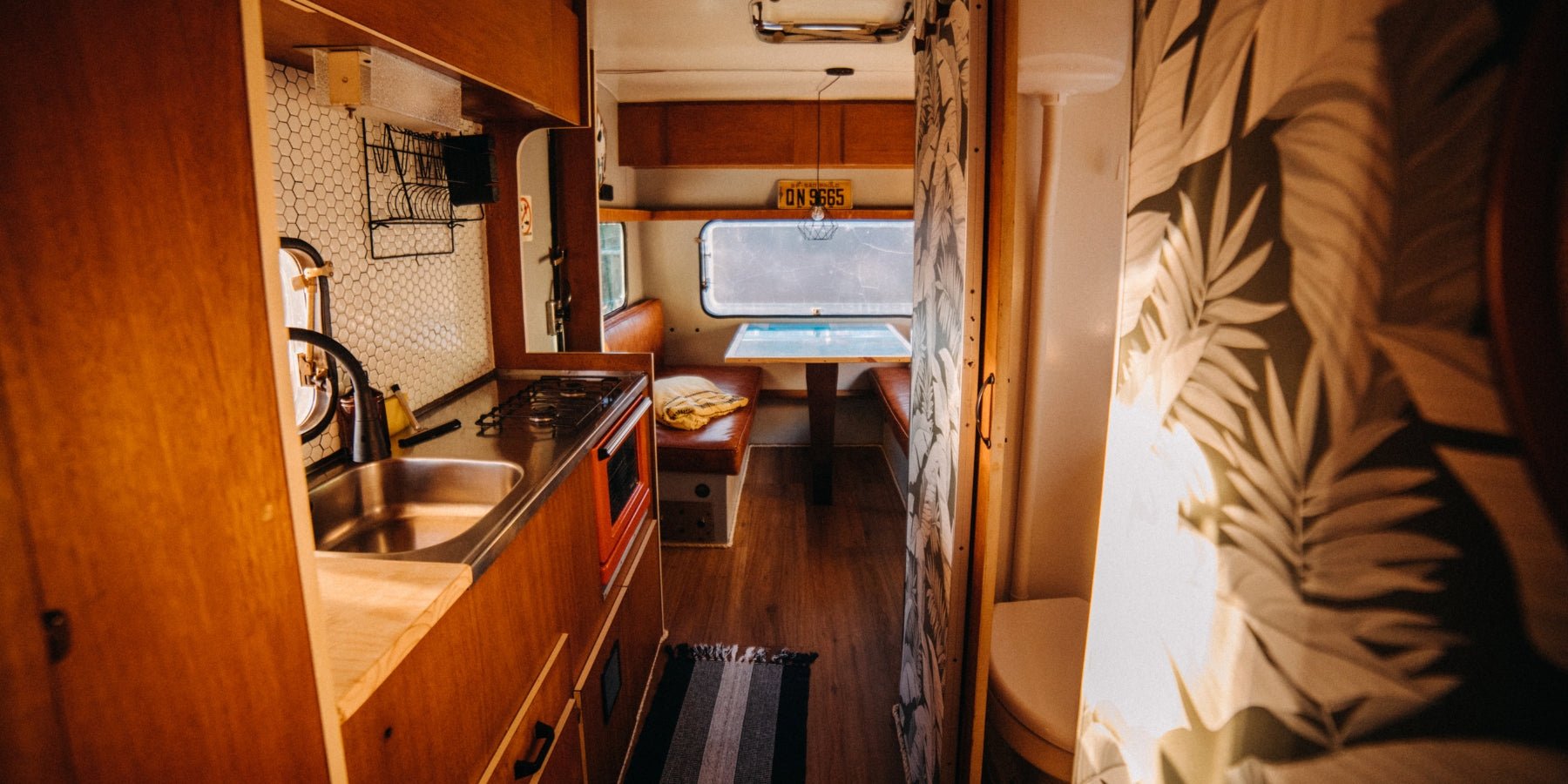Glass fiber wallpaper (also known as renovation fleece or glass fabric wallpaper) is popular for new construction, renovation and projects where smooth walls are desired. Because, You may be familiar with it: a fresh, sleek wall where you can almost reflect your coffee – that’s how sleek you want it. Glass fibre wallpaper (also called renovation fleece) is the trick for a super smooth result without having to plaster. But… just slap a lick of paint over it? Mwah, not such a good idea. With a little love, patience and the right approach, you can really transform that wallpaper into a picture. In this article you can read how you can get started yourself – with handy tips to make your wall paint adventure a success.
1 - Prime first, then color
It may seem redundant at times, but a good base coat is crucial for glass fibre wallpaper. The surface is often very absorbent, which means that paint dries unevenly if you start working with coloured wall paint straight away. By first using a suitable primer or undercoat, you prevent colour differences. You also increase the coverage and the paint adheres much better. A good start makes the difference between an amateurish and a professional end result!
2 - Choosing the right paint for the best result
You cannot use any type of paint for glass fibre wallpaper. Choose a wall paint that is specifically intended for indoor use and adheres well to slightly porous surfaces. A matt finish often works best on this structure, because it subtly masks any irregularities. An example of such a paint is Sigma Perfect Matt This provides excellent coverage, is easy to apply and provides an even appearance.

3 - Overlap the paint lines
A common mistake when painting glass fibre is not overlapping the paint strokes wet on wet. This creates visible stripes or streaks. By working with sufficient paint on the roller and slightly overlapping the strokes while the paint is still wet, the lines flow nicely into each other. This requires some speed, but prevents a patchy end result.
4 - Work in thin layers
Applying thick layers may seem fast and efficient, but it usually isn’t. Paint that is applied too thickly dries unevenly and can crack. It is better to work in two or even three thin layers. It is also important to keep a close eye on the drying time of each layer. Wait to apply a new layer until the paint is really paintable, not just dust-dry. This ensures better adhesion and prevents the risk of an uneven result. A little patience certainly pays off for the best end result!
Painting a wall with glass fibre wallpaper yourself is perfectly possible, provided you use the right materials and techniques.













Interesting? Share with someone:
Are you ready for a trip to South Africa?
Tips for a Healthy and Happy Cat: What Every Cat Needs